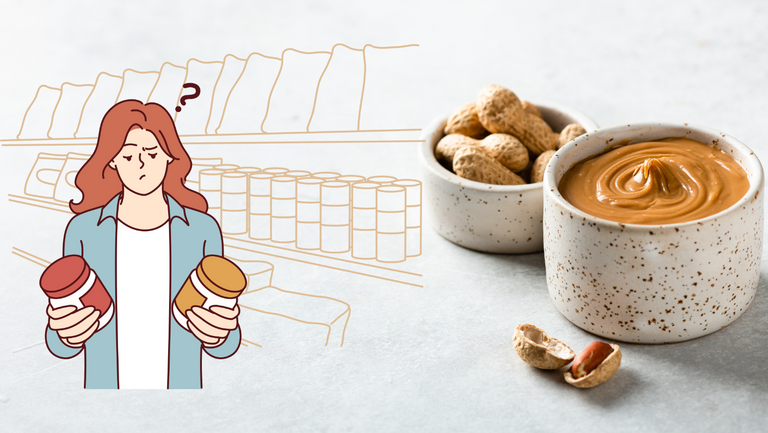Peanut butter becomes a $2 billion business holding a 90% household penetration rate
Creamy or crunchy? This is the popular question around peanut butter. And I have always wondered why until I found a writing that gave me the clarification that I needed. The truth is it's not just a matter of personal preference. Centuries of technological advancements, innovation, and clever marketing turned peanut butter into a beloved snack, especially in the U.S.
According to CNBC, peanut butter is affordable, versatile, and has a unique taste. Also, it can be enjoyed on its own and spread on a sandwich. Or even spooned into a delicious dessert.
Therefore, becoming a massive $2 billion industry, with an average serving cost of about $0.20 is a worthy experience for the industry.

Canva
Peanut butter has had a long journey per se, and its household penetration rate is an astounding 90%, putting it on par with other grocery staples like breakfast cereal, granola bars, soup, and sandwich bread.
The fact that farmers in the United States had been grinding peanuts into a paste in the 1800s, could be said to have been a preparation for widespread success.
E. K Pond was the first brand to commercially develop peanut butter, in 1920 and this has changed the way we eat it today. Skippy followed suit in 1933, and Jif entered the scene in 1958, eventually taking over as the leading peanut butter brand in the U.S.
Two third of the market share is dominated by, Jif (39.4%), Skippy (17%), and Peter Pan (7%), and 18% of the market is held down by private-label brands like Costco's Kirkland and Target's Good & Gather, as well as Trader Joe's, Whole Foods, and Kroger's versions.
News has it that both Smucker's and Hormel Foods are focusing on innovation, expanding the beloved brand into new formats and markets. And even though a lot of people are allergic to peanut butter its market endurance seems rooted in its most powerful tool: nostalgia
Smucker's, the market share leader, for an instant has seen remarkable expansion. They had an increased sales rate of $126 million to $600 million in the past 10 years. And the company expects to hit $1 billion by 2026.
The fascinating journey of peanut butter's rise to stardom and turning it into a $2 billion industry can be credited to technology, innovation, and marketing. These factors have shaped not just the product but created an enduring legacy that will continue to captivate generation after generation.
And each company is focused on understanding how to continue integrating it into consumers’ lives. This way, it will not be great for today's headline alone, but also be great for the next generation of consumers.
So, the next time you reach for that jar of peanut butter, savor both the creamy/crunchy delight and the rich history/tradition that made it a beloved snack for millions of people around the world.
References: Why Americans are obsessed with peanut butter
I'm in!